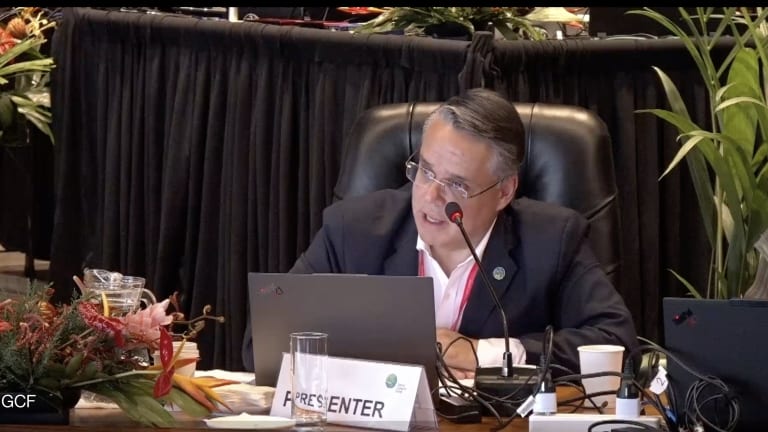The vast majority of climate action needs to happen in local communities, where the urgent impacts of climate change are already being felt. Yet accessing climate finance remains a significant challenge for local and grassroots organizations. The way multilateral climate funds are set up favors larger, international organizations with the capacity to navigate complex application processes and big sums of money — but there are concrete steps they can take to change that.
While efforts to prioritize locally led climate action have ramped up in recent years, with eight principles for locally led adaptation coming out of the 2021 Climate Adaptation Summit and the agreed text from the last U.N. climate Conference of the Parties, or COP, highlighting locally led action, the current climate finance architecture remains ill-equipped to get money directly into the hands of local organizations. Complicated accreditation and application processes, a lack of midsized grants, and a funding model centered around large international intermediaries create barriers that prevent local groups from accessing the resources needed to implement climate solutions tailored to the needs of their communities.
Only 10% of climate finance committed from international climate funds is prioritized for local-level activities, according to a 2019 report from the International Institute for Environment and Development. More recent numbers on how much climate finance goes to local organizations don’t exist, and most multilateral climate funds — which distribute public money as both loans and grants — don’t provide transparent data on how much actually makes it to the local level, according to Paul Mitchell, principal researcher on locally led adaptation and climate finance at IIED.








